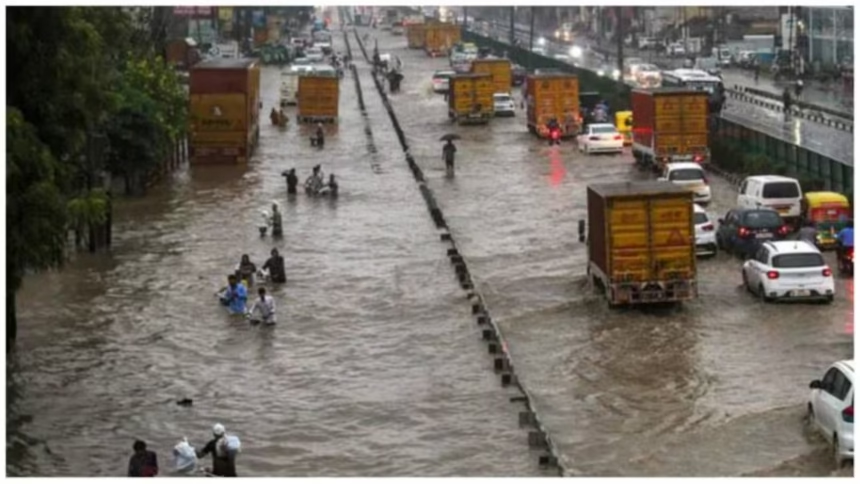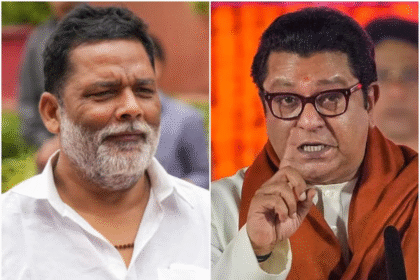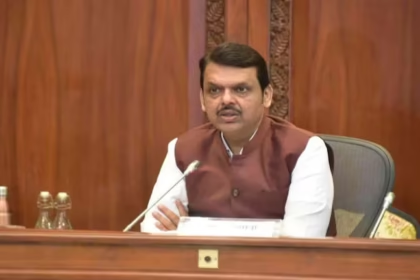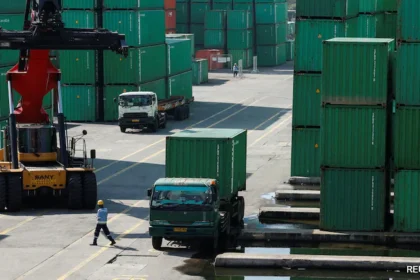Urban Crisis in India Can’t Be Solved by Performative Parliamentary Gestures
On July 9, 2025, Gurugram – a city waterlogged by floodwaters – witnessed severe inundation that crippled traffic and claimed lives. In the days that followed, other major cities such as Delhi, Chandigarh, Jaipur, and Lucknow faced similar scenes of urban flooding, exposing the vulnerability of Indian cities to monsoon extremes.
Just days before these events, on July 3–4, at a gathering of municipal representatives and bureaucrats in Manesar near Gurgaon, Lok Sabha Speaker Om Birla unveiled the “Viksit Bharat Vision 2047”, a document of aspirations. While the vision itself may remain in the realm of future projections, Birla had a suggestion to civic bodies of cities: make your councils function like Parliament. He called for the institutionalisation of mechanisms like Question Hour and Zero Hour in municipal governance to enhance accountability and transparency.
At first glance, the proposal seems commendable. After all, urban governance in India does suffer from opacity and a lack of responsiveness. However, the suggestion reveals a deeper disconnect between the the vision of those in power n the Centre and the grounded realities of urban India. To put it plainly: parliamentary rituals will not fix broken cities. They may offer an illusion of democratic functioning, but without addressing the structural incapacities of urban local bodies (ULBs), such gestures risk becoming performative.
Not a new idea—States have been ahead
It’s important to point out that many state governments have already institutionalised question hours in city councils. Himachal Pradesh and Kerala are prime examples, where councillors have since a long time had the right to raise pressing civic issues and demand accountability from the municipal administration.
It seems the Speaker’s suggestion stems either from a lack of awareness or a disregard for the fact that urban development is a state subject. Therefore, while the central government’s nudges can be welcome, they must tread carefully so as not to trample over the constitutional autonomy of the states.
The real question: Where do Indian municipalities stand?
Rather than mimic Parliament, a more urgent question is: What is the status of Indian municipalities today? Far from being autonomous, empowered institutions of self-governance as they were envisioned in the 74th Constitutional Amendment, most ULBs are little more than administrative appendages of state governments. In several of my previous articles, I have repeatedly highlighted how urban local bodies remain structurally weak, financially starved, and politically marginalised.
The key issue here is decentralisation in form, but not in substance. City councils may exist on paper, but in practice, they are often bypassed by state-appointed commissioners and parastatal bodies. Elected representatives are rendered powerless in decisions related to urban infrastructure, housing, transport, and even garbage collection. This is not democracy at the grassroots; it is a technocratic management system masquerading as one.
Show us the money: Devolution is the litmus test
No city can function without resources. Yet, Indian cities are asked to perform miracles with peanuts. The fiscal devolution to ULBs in India is around 0.5% of the GDP – a staggering deficit when compared with international benchmarks.
Brazil, South Africa, and China, for instance, devolve approximately 3-5% of their GDP to cities. This isn’t merely a matter of generosity; it reflects the recognition that cities are engines of both economic productivity and human development, and they need resources to perform that role.
Without financial autonomy, expecting cities to deliver on basic services is unrealistic. Be it solid waste management, drainage systems, public health, or affordable housing – the implementation gap widens when the purse strings are controlled by distant bureaucracies.
Gurugram drowns, yet again
The irony of choosing Gurugram as the venue for this conference could not have been sharper. Just a week later, the city was again submerged, with residential colonies, roads, and commercial areas inundated after moderate rainfall. If there was ever a metaphor for the failure of urban planning in India, this was it.
Gurugram represents the worst of top-down, capital-intensive urbanism, where gleaming glass towers and expressways take precedence over drainage, stormwater management, and public transport. The problem is not the lack of resources in Gurgaon, but their misallocation, guided by the profit motives of private developers and aided by technocratic urban missions that have little space for people’s voices.
Need-based planning has taken a backseat to “smart” solutions – digital dashboards, surveillance infrastructure, and consultancy-heavy projects – that do little to address core vulnerabilities. Cities don’t flood because of poor rainfall predictions; they flood because of concretised riverbeds, encroached wetlands, and clogged drains. And these are decisions rooted in political economy, not meteorology.
The growing waste crisis
India’s urban waste problem is spiralling. According to data from the Central Pollution Control Board (CPCB), Indian cities generate more than 150,000 tonnes of municipal solid waste per day, and barely 25% of it is processed. The rest ends up in overflowing landfills, open dumps, and even rivers. From Delhi’s Ghazipur to Mumbai’s Deonar, these towering garbage mountains are ticking ecological bombs.
What’s worse is that most municipalities lack the capacity and the autonomy to deal with this crisis. Waste collection is increasingly being privatised, leading to labour rights violations for sanitation workers and uneven service delivery for marginalised communities. Instead of democratic accountability, we are witnessing contractual governance – outsourcing responsibility without oversight.
The city as a private enclave
Urban India is also becoming disturbingly segregated. The rise of privatised urbanism – gated communities, privately managed infrastructure, and exclusive commercial zones – has pushed the working poor to the fringes. Slums are being demolished in the name of beautification, street vendors evicted for violating “aesthetic” norms, and affordable housing replaced by luxury high-rises.
This transformation is not accidental. It is deeply ideological: cities are being remade as zones of capital accumulation rather than as habitats for all. As neoliberal planning deepens, the space for the urban commons – parks, pavements, public toilets, community centres – shrinks. Instead of inclusive urbanisation, we are witnessing elite capture of urban space and governance.
Climate change: Cities on the edge
All of this unfolds against the backdrop of an escalating climate crisis. Indian cities are on the frontline of climate vulnerability, yet they remain woefully underprepared. Heatwaves, floods, air pollution, and water scarcity are no longer episodic – they are structural.
And still, most cities have no climate resilience plans worth the name. Adaptation is spoken of in policy forums, but rarely implemented on the ground. Informal workers, slum dwellers, women, and the elderly– those most vulnerable to climate shocks – remain outside the ambit of planning and policy. A truly climate-resilient city must begin by being socially just. Unfortunately, justice is in short supply in the Indian urban vision.
The way forward: Empower, don’t perform
If the government is serious about empowering cities, then performative gestures like introducing Question Hour won’t cut it. What we need is:
- Genuine fiscal devolution to the tune of at least 2% of GDP for cities.
- Strengthening of elected municipal councils with real decision-making powers.
- Participatory planning that includes the voices of marginalised communities.
- Focus on ecological urbanism rooted in local contexts – not capital-intensive fantasies.
- Reimagination of urban infrastructure that prioritises the commons over corporate interests.
India’s urban future cannot be scripted in auditoriums in Gurugram. It must be built in the everyday struggles of councillors, sanitation workers, street vendors, and residents who are fighting to make their cities liveable. If the government listens to them – not just replicates Parliament rituals – it may yet redeem the idea of Viksit Bharat.
Also Read: Thailand-Cambodia Border Clashes Erupt Amid Rising Tensions








